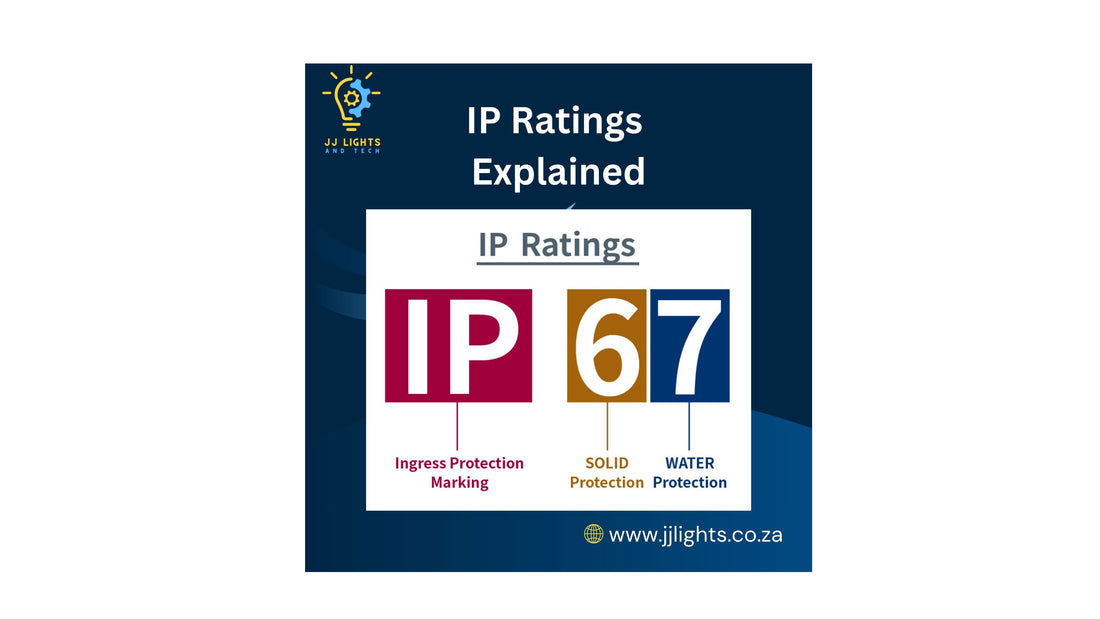
Understanding IP Ratings: Dust and Water Resistance Explained
Share
When shopping for electronic devices or outdoor equipment, you may have come across IP ratings, a standardized system that measures a product's resistance to dust and water. But what do these ratings really mean, and how do they impact your purchasing decisions?
In this blog post, we'll break down the IP rating system, explaining how it works and what each rating represents, so you can make informed choices when selecting products for your needs.
What is IP Rating?
IP (Ingress Protection) rating is an international standard (IEC 60529) that classifies the level of protection an electrical enclosure or device provides against solid particles (dust) and water. The rating consists of two digits, each representing a different aspect of protection:
-
First digit (Dust protection): 0-6
-
Second digit (Water protection): 0-9
Dust Protection Ratings (First Digit)
The first digit represents the level of protection against solid particles, such as dust, on a scale of 0-6:
-
0: No protection against dust
-
1: Protection against solid objects > 50mm (e.g., hands)
-
2: Protection against solid objects > 12.5mm (e.g., fingers)
-
3: Protection against solid objects > 2.5mm (e.g., tools)
-
4: Protection against solid objects > 1mm (e.g., wires)
-
5: Dust-protected (not entirely sealed, but dust won't harm the device)
-
6: Dust-tight (completely sealed against dust)
Water Protection Ratings (Second Digit)
The second digit represents the level of protection against water on a scale of 0-9:
-
0: No protection against water
-
1: Protection against vertically falling water droplets
-
2: Protection against direct sprays of water up to 15° from vertical
-
3: Protection against direct sprays of water up to 60° from vertical
-
4: Protection against water splashing from any direction
-
5: Protection against low-pressure jets of water from any direction
-
6: Protection against powerful jets of water from any direction
-
7: Protection against immersion in water up to 1m for 30 minutes
-
8: Protection against immersion in water beyond 1m
-
9: Protection against powerful high-temperature jets of water
Examples and Applications
-
A device with an IP67 rating offers complete protection against dust (6) and can withstand immersion in water up to 1m for 30 minutes (7).
-
A device with an IP54 rating provides protection against dust (5) and water splashing from any direction (4).
When selecting products, consider the environment in which they will be used. If you need a device for outdoor use or in a dusty or wet environment, look for higher IP ratings to ensure adequate protection.
In conclusion, understanding IP ratings helps you make informed purchasing decisions, ensuring you select products that meet your specific needs and can withstand the elements. Remember, IP ratings are not a guarantee against damage, but they provide a standardized measure of a product's resistance to dust and water.
